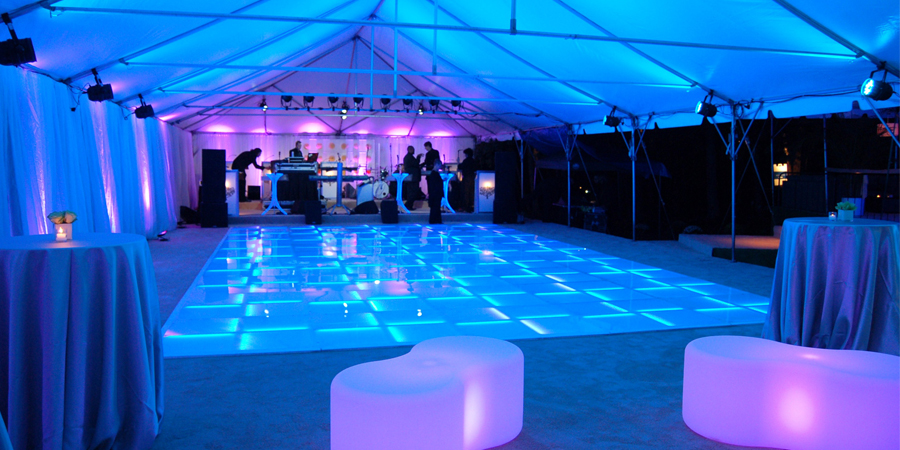Enhancing Ingenuity With Color Principles in Light Emitting Diode Movement Surface Creations
Enhancing Ingenuity With Color Principles in Light Emitting Diode Movement Surface Creations
Blog Article
Hue theory is an important element of aesthetics, especially as it relates to designing LED dance surfaces. The interplay of hues can significantly influence the atmosphere and energy of a venue. Through understanding how hues function together, designers can create an environment that improves the overall experience for participants. This article examines the basics of color principles and its application in LED dance surface layouts.
The main hues are crimson, azure, and golden. These hues cannot be created by blending different hues combined. Intermediate hues, such as green, orange, and purple, are formed by mixing primary hues. Third-level hues are created by combining a main hue with a intermediate hue. Understanding these basic connections helps designers choose colors that complement one another and create a visually appealing show. Combining these hues on an light-emitting diode dancing surface can result to dynamic and exciting effects that capture the focus of participants.
Hue value also holds a crucial role in design. Colors can be categorized as hot or cool. Hot hues, such as crimson, tangerine, and golden, tend to evoke feelings of enthusiasm and heat. In opposition, chill colors like blue, green, and violet typically dance floor rental for engagement parties generate a calm and soothing atmosphere. Designers can utilize these hue values to set the mood for different types of occasions. For example, a celebration environment may benefit from warm colors that energize the audience, while a further calm event might use chill hues to offer a calming effect.
In addition to hue pairings and temperature, brightness and intensity are essential elements to consider. Brightness refers to how light or dim a hue appears, while intensity indicates the vividness of a color. Bright, saturated hues can generate a lively and energetic environment, perfect for dancing surfaces. On the contrary hand, gentler, less intense colors can generate a more muted atmosphere. By adjusting luminosity and saturation, designers can attract focus to specific areas of the dancing floor or establish sight pathways, guiding dancers through the venue.
Ultimately, it is crucial to consider the emotional effects of hue in LED dance surface designs. Different hues can evoke different emotions and responses. For instance, red is often linked with visit the site zeal and energy, while blue can be soothing and tranquil. Understanding these associations enables creators to tactically use colors to affect the actions of dancers. By integrating color theory into light-emitting diode dance floor layouts, designers can enhance the overall encounter, rendering it unforgettable and pleasurable for everyone involved.